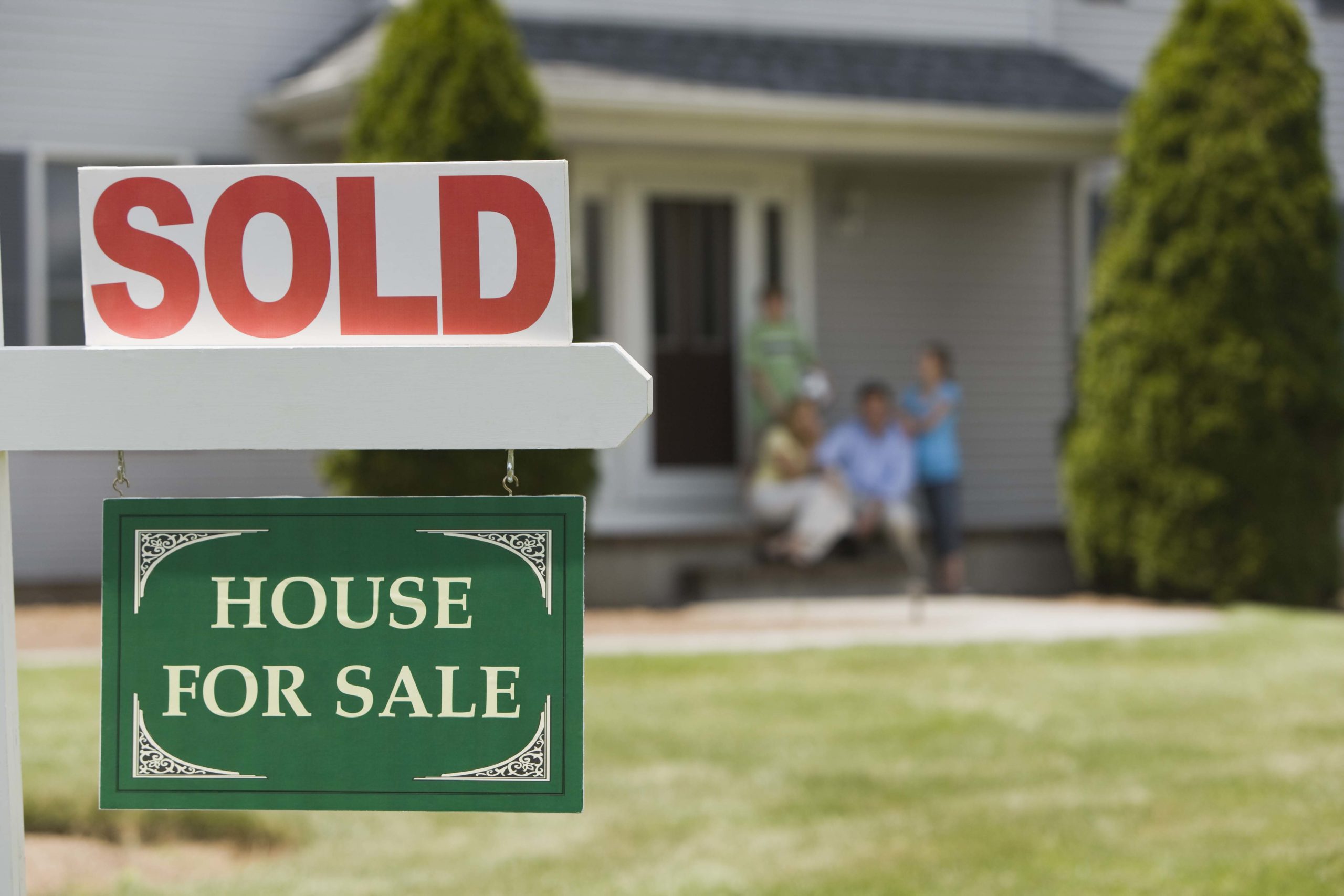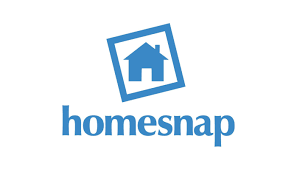A 5-Step Guide For Real Estate Investors
Certainly! Here’s a 5-step guide for real estate investors:
-
Set Your Goals and Strategy: The first step in real estate investing is to define your goals and develop a strategy. Determine what you want to achieve with your investments, whether it’s generating rental income, flipping properties for quick profits, or long-term appreciation. Consider factors such as location, property types, and target market. Having a clear plan will help you make informed decisions throughout the investment process.
-
Research and Analyze the Market: Conduct thorough research on the real estate market you’re interested in. Analyze market trends, property prices, rental rates, vacancy rates, and other relevant data. Identify emerging or undervalued areas that have the potential for growth. Understanding the market conditions will help you identify suitable investment opportunities and make informed decisions about property selection and pricing.
-
Build a Network of Professionals: Real estate investing often requires a team of professionals to assist you. Build a network of reliable professionals such as real estate agents, property inspectors, contractors, lenders, and attorneys. They can provide valuable advice, help you find deals, conduct due diligence, and facilitate the purchase or sale of properties. Surrounding yourself with knowledgeable experts will increase your chances of success.
-
Conduct Due Diligence: Before making any investment, conduct thorough due diligence on the property. This includes inspecting the physical condition of the property, reviewing financial records, analyzing rental history (if applicable), and assessing any legal or zoning issues. Evaluate potential risks and ensure the property aligns with your investment goals. Hire professionals, such as property inspectors and attorneys, to assist with the due diligence process and uncover any hidden problems.
-
Execute and Manage Your Investments: Once you’ve identified a suitable property, it’s time to execute the investment. Negotiate the purchase price, review and sign the necessary legal documents, and secure financing if needed. After acquiring the property, effectively manage it to maximize returns. This includes finding tenants (if applicable), maintaining the property, handling repairs, and managing rental income and expenses. Regularly review your investments, adapt your strategy if necessary, and stay informed about market changes to ensure long-term success.
Remember that real estate investing involves risks, and it’s crucial to be well-informed and financially prepared. Consider seeking advice from experienced investors or consulting with a financial advisor before making any major investment decisions.
The Pros & Cons of Getting a Rehab Mortgage
Getting a rehab mortgage, also known as a renovation loan or a home improvement loan, can be a viable option for real estate investors looking to finance the purchase and renovation of a property. However, it’s important to consider the pros and cons before deciding if it’s the right choice for you. Here are some advantages and disadvantages:
Pros of Getting a Rehab Mortgage:
- Financing for Renovations: One of the main advantages of a rehab mortgage is that it provides financing specifically for property renovations. This allows investors to purchase properties in need of repairs or updates and have the funds necessary to complete the renovations.
- Increased Property Value: By using a rehab mortgage to improve a property, investors have the potential to increase its value significantly. Renovations and updates can make the property more attractive to buyers or tenants, leading to higher rental income or potential profits upon sale.
- Streamlined Financing: Rehab mortgages often provide a streamlined financing process by combining the purchase price and renovation costs into a single loan. This can simplify the financing process and save time compared to securing separate loans for the purchase and renovations.
- Potential for Higher Returns: If executed properly, rehabbing a property can lead to higher returns on investment. By purchasing distressed properties at a lower price, renovating them, and then selling or renting them out, investors can potentially generate substantial profits or rental income.
Cons of Getting a Rehab Mortgage:
- Stringent Qualification Requirements: Rehab mortgages typically have stricter qualification requirements compared to traditional mortgages. Lenders often require a detailed renovation plan, a solid credit history, and sufficient income to repay the loan. Meeting these requirements may be more challenging for some investors.
- Limited Property Options: Rehab mortgages are generally intended for properties that require significant renovations. This means investors may have a limited pool of properties to choose from. Finding suitable properties that meet both the investor’s criteria and the lender’s requirements can be a challenge.
- Higher Interest Rates and Fees: Rehab mortgages may come with higher interest rates and fees compared to traditional mortgages. Lenders may charge higher rates to compensate for the additional risk involved in financing a property that needs repairs or renovations.
- Renovation Challenges: Rehabilitating a property can be a complex and time-consuming process. Investors need to carefully manage the renovation project, including hiring contractors, overseeing the work, and dealing with potential delays or unforeseen issues. This requires experience, time, and project management skills.
- Potential Cost Overruns: Renovation projects often come with the risk of cost overruns. Unforeseen issues, changes in scope, or underestimated renovation costs can lead to unexpected expenses. Investors need to budget carefully and account for potential cost overruns to avoid financial strain.
Ultimately, the decision to get a rehab mortgage depends on your individual circumstances, experience, and risk tolerance. It’s important to thoroughly evaluate the costs, benefits, and potential risks before committing to a rehab mortgage. Consider consulting with a mortgage specialist or financial advisor to determine if it aligns with your investment goals and financial capabilities.
How To Estimate Rehab Costs In Real Estate
Estimating rehab costs in real estate is an important skill for investors and can help ensure that you accurately assess the total expenses associated with a property renovation. Here are some steps to help you estimate rehab costs effectively:
-
Property Evaluation: Start by conducting a thorough evaluation of the property you’re considering for renovation. Take detailed notes of its condition, identifying areas that require repair or renovation. Consider aspects such as the roof, plumbing, electrical systems, HVAC, flooring, walls, windows, and any structural issues.
-
Create a Scope of Work: Develop a comprehensive scope of work that outlines all the necessary repairs and renovations. Break it down into specific categories, such as exterior, interior, systems, and cosmetic updates. Be as detailed as possible, including materials, labor, and permits required for each item. This will serve as a reference guide during the estimating process.
-
Obtain Multiple Quotes: Reach out to contractors and suppliers to obtain quotes for the different tasks identified in the scope of work. It’s recommended to get multiple quotes to compare prices and ensure you’re getting competitive rates. Make sure the quotes are itemized and include all necessary materials, labor, and associated costs.
-
Research Cost Data: Use various resources to research average costs for specific renovation tasks in your area. This can include online databases, contractor pricing guides, industry publications, or local trade associations. It’s essential to have a baseline understanding of typical costs to help you evaluate the accuracy of the quotes you receive.
-
Account for Contingencies: Rehab projects often come with unforeseen challenges or hidden issues that can impact costs. It’s wise to include a contingency budget, typically around 10-20% of the total estimated renovation cost, to account for these unexpected expenses. This buffer will provide some financial protection and flexibility in case unexpected issues arise.
-
Keep Track of Miscellaneous Costs: In addition to the actual renovation work, consider other expenses that are often associated with rehab projects. These can include building permits, architectural or design fees, financing costs, insurance, inspections, and project management fees. Take these into account when estimating the overall rehab costs.
-
Regularly Review and Update Estimates: Rehab cost estimates are not set in stone and can change as you progress through the project. Stay vigilant in reviewing and updating your estimates as you gather more information, finalize contractor agreements, and encounter any unforeseen circumstances. This will help you maintain an accurate picture of the total rehab costs.
Remember that estimating rehab costs is both an art and a science. It requires experience, knowledge of the local market, and an understanding of construction processes. As you gain more experience, your ability to estimate costs accurately will improve. It’s also helpful to consult with experienced contractors, real estate professionals, or mentors who can provide guidance and insight throughout the estimating process.

Are you ready to take the next step to buy(or sale) your home and start building a legacy for your family?…Let me help you!
“Your Dream Home is my Mission”. I am a Brazilian Licensed Realtor at Re-Connect, LLC with 18+ years of experience in the Real Estate industry. I speaks 3 languages (Portuguese, English, Spanish). Let me join your journey in the Real Estate Industry, and receive my assistance above and beyond to accomplish your DREAM!
CALL NOW: (617) 201-9188 Ana Roque | 209 West Central Street, Natick, MA











